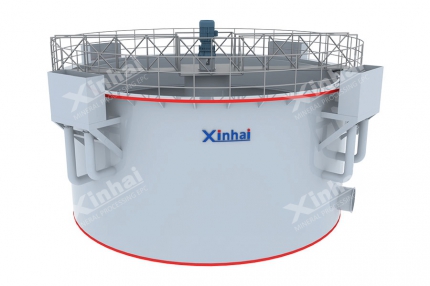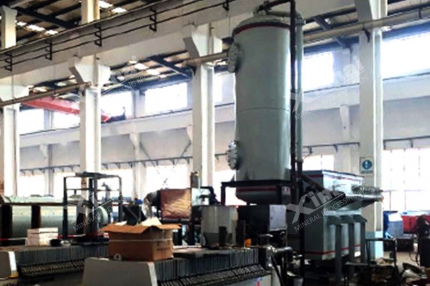With the continuous development of comprehensive utilization technology of gold tailings, people have realized that gold tailings are an important secondary resource, a variety of useful components can be comprehensively utilized through tailings reprocessing technology.
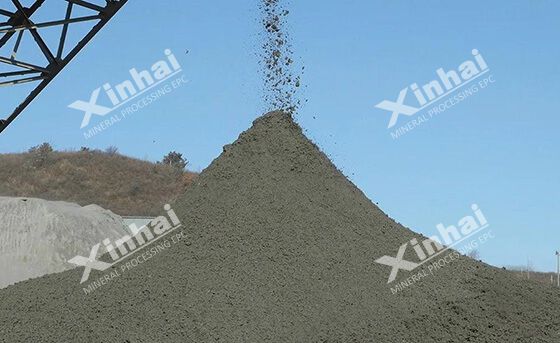
At present, the common recycling and utilization of gold tailings mainly include the recycling of gold, the recycling of other associated non-ferrous or ferrous metals, and the recycling of non-metallic minerals.
Use the table of contents below to navigate through the guide:
01The recycling of gold
The level of mineral processing technology and equipment is not high in the early stage, and a large number of gold-bearing tailings with a grade of more than 0.3g/t have been produced. The gold grade in some piled tailings have reached more than 0.5g/t, and the potential of gold recovery from gold tailings reprocessing is great.
Generally, the gold tailings reprocessing technology mainly include flotation method and cyanide leaching method.
Gold tailings flotation method
Flotation method is widely used in the separation of fine and very fine materials. In recent years, it has also been gradually applied in the recovery of gold from gold tailings.
In the gold tailings reprocessing, the flotation method is mostly suitable for the gold-bearing tailings with good floatability. Generally, the regrinding is needed to ensure the full separation of gold-bearing minerals. This gold tailings reprocessing technology can realize the efficient dispersion and suppression of gangue minerals.
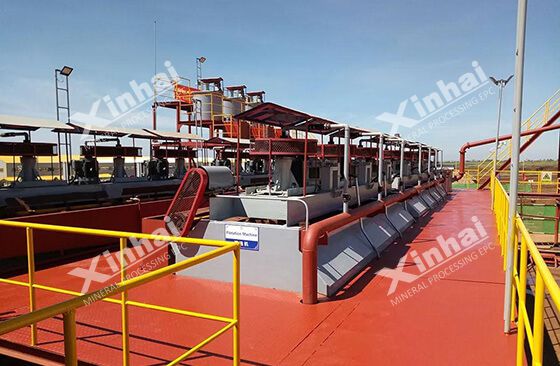
Usually, the gold tailings are reground to -200 mesh accounting for 70-80%, then a single/combined collector (butyl xanthate, butyl ammonium xanthate, isoamyl xanthate, Y89 xanthate), activator (copper sulfate), pH regulator (sulfuric acid) are often used as the flotation reagents. After roughing, cleaning, scavenging, the qualified gold concentrate can be obtained.
02Gold tailings cyanide leaching method
When the conventional flotation method is difficult to recover gold from tailings, the cyanide leaching method can be considered to recover the gold. This gold tailings reprocessing method is suitable for gold-bearing tailings with fine particle size and good dissociability.
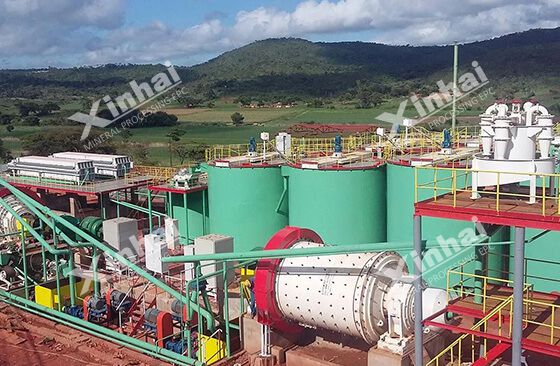
Gold-bearing ore is leached in the cyanide solution, then activated carbon directly absorbs the dissolved gold from the pulp to carry the gold, and carbon desorption sludge is directly separated, refined and smelted. In addition, the low-cost heap leaching process can also be adopted according to the actual situation, such as heap leaching of tailings pelletizing or chemically loose heap leaching without pelletizing.
03The recycling of other associated non-ferrous or ferrous metals
With the development and progress of mineral processing technology, the lower limit of recovery grade of useful components is gradually reduced. The recycling of associated non-ferrous and ferrous metals in gold tailings is also an important way to realize comprehensive recovery and utilization of tailings.
In general, the elements associated in the gold tailings include Cu, Pb, Zn, Fe, S. According to the current practice, Cu > 0.1%, Pb > 1% and Zn > 0.5%.
The recycling of copper, lead and zinc
Generally, the flotation methods are used to recover copper, lead and zinc from gold tailings, such as preferential flotation method, partial bulk flotation method, partial preferential flotation method, bulk-preferential flotation method, iso flotation method and combined flotation method, etc.
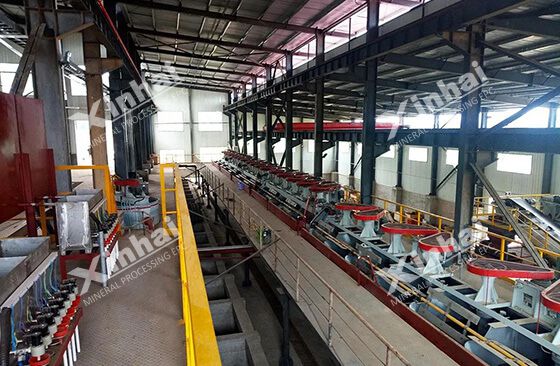
According to different composition of gold tailings, the flotation separation processes are also different.
■ When the gold tailings contain high content of arsenic and copper after cyanide leaching process, the flotation process (directly suppress arsenic and separate copper) can be considered;
■ When the cyanide tailings are sulfur concentrate containing copper, lead and zinc, the preferential mixed flotation process of lead-zinc-sulfuric acid decyanation activation-copper and sulfur separation can be adopted by relying on the different inhibitory effects of cyanide on copper, lead and zinc minerals in the cyanide tailings, which can not only improve the recovery rate of copper, but also recover the cyanide.
The recycling of iron and sulphur
The recovery process of iron in gold tailings is relatively simple. According to the different forms of iron, low intensity magnetic separation method, high intensity magnetic separation method, roasting magnetic separation and gravity separation can be adopted. The sulphide in gold tailings is usually recovered by flotation and gravity separation.
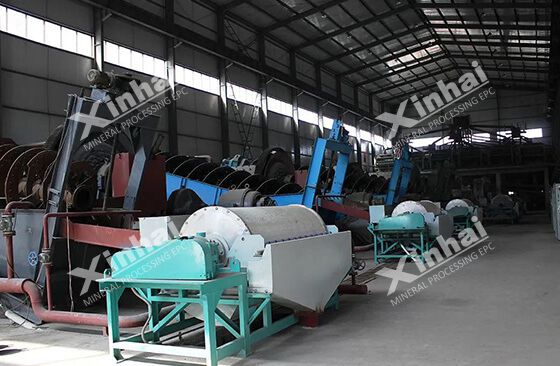
04The recycling of non-metallic minerals
Generally, the mass fraction of non-metallic minerals in gold tailings is more than 90%. For example, the total amount of quartz (50-75%) and feldspar (10-35%) in the quartz vein type and altered rock type gold tailings can reach about 85%. The recycling non-metallic minerals from gold tailings can not only alleviate the harm of a large number of tailings, but also increase the economic benefits of the mine and meet the needs of related industries.
The recycling of quartz
Quartz is a common non-metallic mineral in gold tailings, especially in quartz vein type and altered rock type gold deposits, which has a high content and great comprehensive recovery potential. Flotation is the main method to recover quartz. Because the quartz and feldspar have similar floatability, the key point of quartz separation and purification is to achieve the efficient separation of quartz and feldspar.
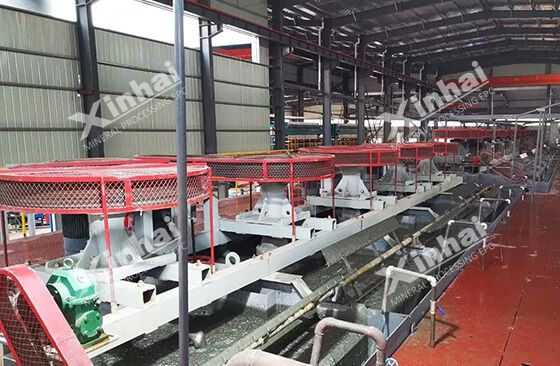
According to the condition of flotation medium, the separation methods between quartz and feldspar can be divided into hydrofluoric acid method, fluorine-free acid method, neutral medium flotation method and alkaline medium flotation method. Among them, hydrofluoric acid method and non-fluorine acid method are more mature.
The recycling of feldspar
Feldspar is a shelflike silicate mineral, often associated with quartz, mica and other minerals in gold tailings. To recover feldspar, it is mainly the separation of feldspar and quartz, mica and other co-biological minerals. The removal of iron and other metal compounds is the important link in the feldspar purification. Generally, the magnetic separation and gravity separation are used to remove iron and other heavy minerals, and then flotation is used for concentration.
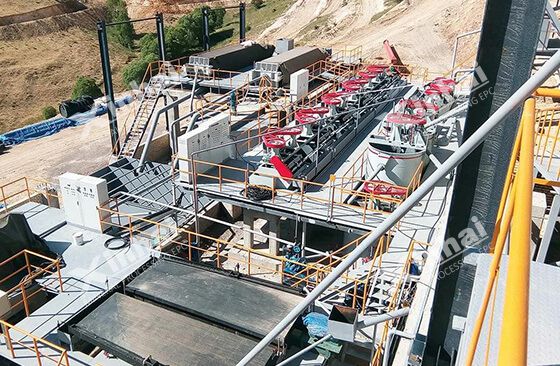
The recycling of mica
Mica is also one of the main components of gold tailings with good natural floatability, so it is mostly recovered by flotation method. According to the different types of collectors, the flotation methods mainly include the flotation of cationic amine collector in acidic medium and the flotation of anionic and anionic mixed collector in alkaline medium.
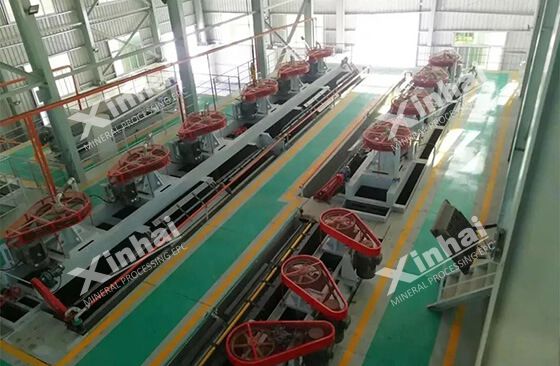
In addition, since its flake structure and easy distribution in fine size, the settlement rate of mica in the pulp is relatively slow, so the mica in some gold tailings can also be enriched by gravity separation and classification methods.
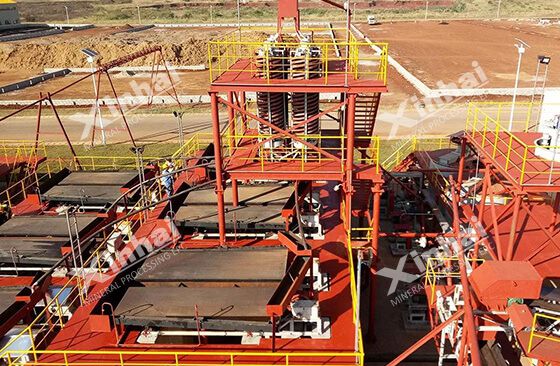
These are the common gold tailings reprocessing technologies. The gold tailings are valuable secondary resources, which contain many kinds of useful components and different ore properties. Therefore, it is suggested to customize the suitable gold tailings reprocessing technologies through mineral processing test, and rationally select the appropriate gold tailings reprocessing method according to the final mineral processing test report, so as to fully realize the comprehensive utilization of tailings!


 marketing@ytxinhai.com
marketing@ytxinhai.com  0086 13810327080
0086 13810327080 






































































































 CHAT
CHAT MESSAGE
MESSAGE








